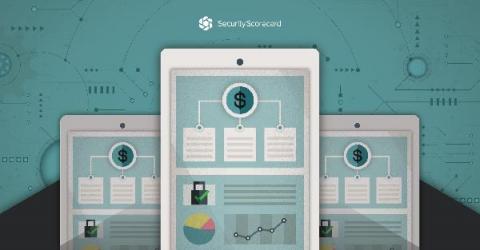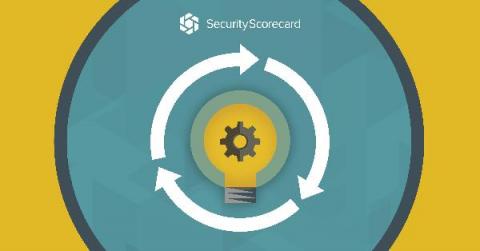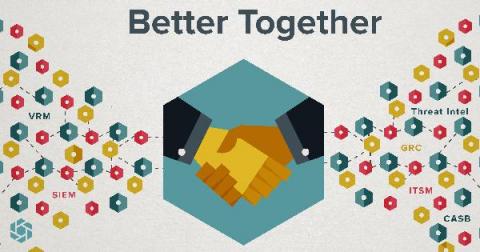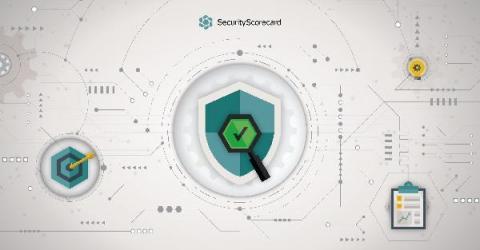What is an Advanced Persistent Threat in Cybersecurity?
Corporate cybersecurity professionals must be on constant alert to avoid the wide range of cyberattacks that can be thrown at them today: malware, ransomware, trojan horses, social engineering, and spear-phishing attacks, to name just a few. Among the most serious of attacks is the advanced persistent threat (APT). An APT is an attack that uses sophisticated methods to gain access to information systems and sensitive information.








